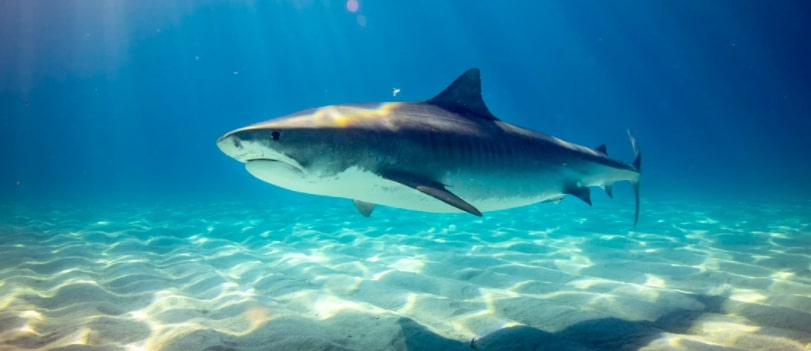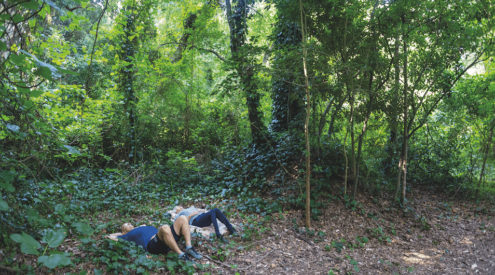By now, we know that sharks are not the mindless killing machines that horror movies once depicted. But there’s no denying that there is still some fear around these apex predators.

On Sunday, a shark encounter in Plettenberg Bay claimed the life of 39-year-old Kimon ‘Kiki’ Bisogno from Cape Town.
Earlier this year, a man in Sydney, Australia died in a shark attack, too. So the question remains: Why do shark attacks happen?
Humans do not form part of a shark’s natural diet but they will investigate if they see a human splashing in the water – which can lead to an accidental attack. It’s best to avoid swimming in dirty water, near river mouths, near fisheries outlets, and at dawn and dusk.
Dr Alison Kock, Save Our Seas Foundation project leader says that one reason sharks might bite humans is to determine what it is. ‘This could explain why, in many cases, a white shark has bitten lightly and let go,’ she says, noting that most white shark incidents involve bites of minimal force. So, because sharks are curious and don’t often have to worry about other predators, they are likely to try and find out what an unusual shape, like a human, might be.
Another potential reason might be that a shark can mistake a human for something else, like a seal. ‘A large number of bites occur when water conditions are poor, which could indicate that factors like low visibility and background noise from heavy surf make it harder to distinguish prey from non-prey,’ the article adds.
As great white sharks age, their behaviour, movements and diet change. Similar to other migratory predators, their movements are complex and can often be difficult to interpret using tracking data alone, however we see similar patterns of movement behaviour in great white sharks of the same age and sex.
Great – and not so great – facts
South Africa was the first country in the world to protect great white sharks in 1991. They are listed as vulnerable on IUCN’s Red List and the trade of their body parts is illegal as they are a Cites 2 listed species.
Shark nets and drumlines set up for bather safety are designed to trap sharks and will ultimately kill them if they’re not released quickly. The gillnets entangle and kill many other marine species including turtles, dolphins and whales. These measures are strongly debated and opposed by many.
ALSO READ: What happened during the Black December of 1957?
















